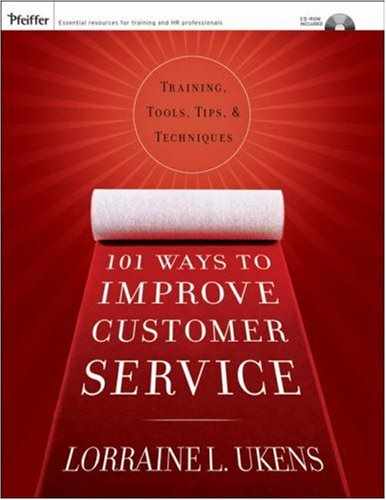Goal

To develop ways to classify available resources for accessibility. Participants will place hardware items into categories for ease of identification.
Materials

One identical set of fifty varied hardware items (washers, nails, screws, bolts, nuts, and other small objects) for each subgroup
One plastic bag and tie closure for each subgroup
Twelve index cards and a felt-tipped pen for each subgroup
A list of search items for the facilitator
Flip chart and felt-tipped marker for recording scores
Prior to the session, place an assortment of fifty hardware items into a plastic bag and tie it closed; each subgroup should have an identical set of items. Prepare a list that describes eight to ten specific items from the collection that will be used for a group search (for example, “a 2-inch, flat-head nail”). Prepare a flip chart with a number for each group participating in the activity.
Form subgroups of three to five persons each and provide a number designation to each group.
Distribute one bag of hardware items, twelve index cards, and a felt-tipped pen to each subgroup.
Explain that each subgroup is to develop a system of organizing these items so that a customer would be able to find what he or she needed easily. Using the index cards, each subgroup is to create a label for each category of hardware to facilitate the customer’s search. Note: Groups may decide to label their objects in general or more specifically. For example, some may use “nails” as the category, whereas others may make subcategories as to nail size (1-inch, 2-inch, and so on) and/or type (flat-head, rounded, and so on).
Allow approximately 15 minutes to complete the task, giving a 2-minute warning before time expires.
Explain that each subgroup will send a member to another group to locate a specific item that will be announced. The customer will raise his or her hand when the correct item is found, and the group that was able to complete the transaction by locating the correct object will be awarded 5 points. This process will be repeated several times, and scoring will be kept on the flip chart by the facilitator.
Start the first round by asking each subgroup to select a member to act as the customer. Announce the first item on the prepared list and signal for these customers to proceed to any available group and ask for an item. Record five points for the winning group under the appropriate designation on the flip chart. Repeat this process several times by announcing a new item for each successive round.
Facilitate a large group discussion by asking the following questions:
